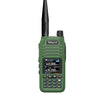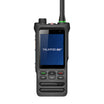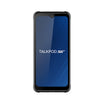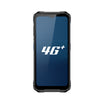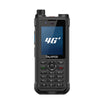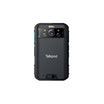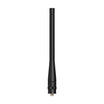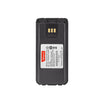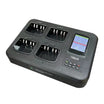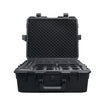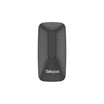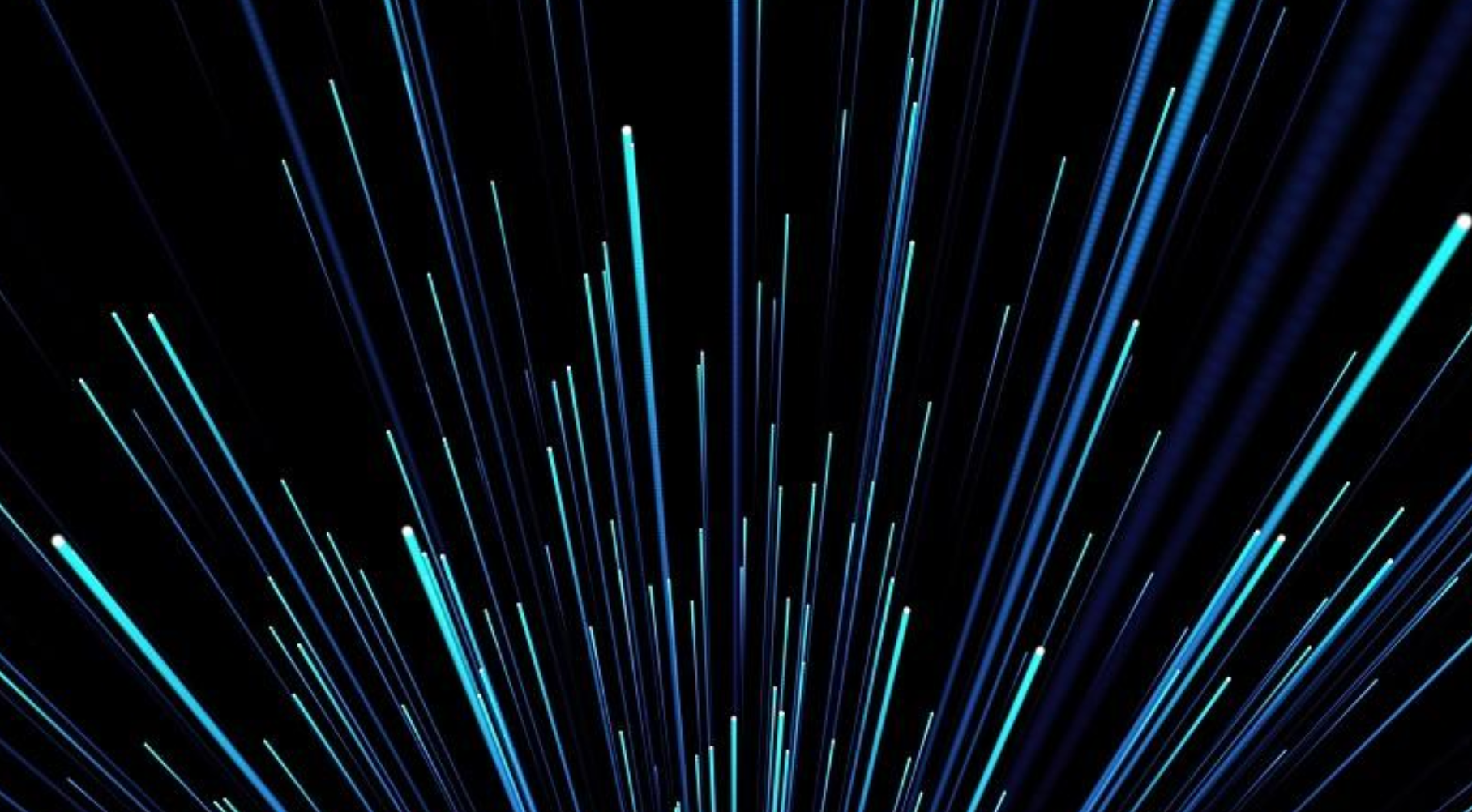TDMA stands for “Time-Division Multiple Access.” Like FDMA, or “Frequency-Division Multiple Access,” TDMA is a technology that allows multiple conversations to share the same radio channel. Although the goal is the same, the two technologies work very differently.
6.25 KHZ FDMA
In FDMA, a channel frequency is split into smaller subdivisions — for example, splitting a 25 kHz band into two narrower “sub-channels” that transmit side-by-side to achieve 12.5 kHz equivalent spectral efficiency. The same technique can be used to achieve 6.25 kHz equivalent efficiency in a 12.5 kHz channel — although how well this technique will perform hasn’t yet been established in real- world implementations on a large scale. As the subdivisions of a licensed channel become narrower, there’s a growing likelihood of problems due to congestion and interference in an FDMA-based 6.25 kHz-equivalent system, as shown in the illustration.
When you try to squeeze two 6.25 kHz signals into one 12.5 kHz channel, you still have to meet the channel’s regulatory emissions mask. In order to do so, the signal deviation (represented by the height and width of the lobes in the illustration) must necessarily be smaller than what can be achieved with a single 12.5 kHz signal. This smaller deviation means reduced sensitivity, which in turn reduces effective signal range in real world conditions. At the same time, there is very little tolerance for errors introduced by oscillator aging, and the 6.25 kHz signal contains more energy near the edges of the mask — making it more prone to adjacent channel interference and near/far interference problems. This results in reduced quality of service in real world conditions.
TWO-SLOT TDMA
By comparison, TDMA offers a proven method for achieving 6.25 kHz equivalency in 12.5 kHz repeater channels — a major benefit for users of increasingly crowded licensed bands. Instead of dividing the channel into two smaller slices, TDMA uses the full channel width, dividing it into two alternating time slots. As a result, TDMA essentially doubles repeater capacity while preserving the well-known RF performance characteristics of the 12.5 kHz signal.
From the perspective of RF physics — that is, actual transmitted power and radiated emissions — the 12.5 kHz signal of two-slot TDMA occupies the channel, propagates, and performs essentially the same as today’s 12.5 kHz analog signals. with the added advantages of digital technology, TDMA-based radios can work within a single repeater channel to provide roughly twice the capacity of analog while offering RF performance equivalent to, or better than, today’s analog radio.
As we will see, the two time slots can potentially be used for a variety of purposes. Most organizations considering TDMA- based two-way radio will probably
As we will see, the two time slots can potentially be used for a variety of purposes. Most organizations considering TDMA- based two-way radio will probably be interested in doubling the voice capacity per licensed repeater channel. By enabling 6.25 kHz equivalency, TDMA supports two simultaneous, independent half-duplex calls in a single 12.5 kHz repeater channel.
If you’re used to thinking about analog radio, this two-for-one capacity in two different time slots might seem problematic. Wouldn’t the two calls cut in and out as the time slots alternate, making both conversations nearly impossible to understand?
But remember, this is the digital world, where voices are encoded in bits. Although analog signals represent the actual duration of spoken words, digital signals can encode that duration in a way that allows for significant compression without compromising voice quality. Each TDMA time slot is quite brief — on the order of 30 milliseconds. The circuitry that translates voice into bits is actually able to pack 60 milliseconds worth of digitized speech into each 30 millisecond time slot. The receiver, in turn, unpacks those bits into speech that has its full 60 millisecond time value.
That’s why, with TDMA, two conversations can happen simultaneously and seamlessly via a single repeater. The alternation of time slots is something that happens in the technology only, not in the user’s experience. In fact, digital technology offers better background noise suppression than analog while preserving the integrity of the signal at the farthest reaches of the transmitter’s range — so both digital conversations are likely to be much clearer than a single analog conversation would be over the same channel. And because both conversations use the channel’s full bandwidth, there’s no degradation in range performance, and no added risk of interference with adjacent channels.

TDMA divides a 12.5 khz channel into two alternating time slots to achieve 6.25 khz equivalent spectral efficiency when used with a repeater.

When FDMA technology is used to split a channel into two sub-channels, the resulting signals must still fit within the channel’s required emissions mask.







